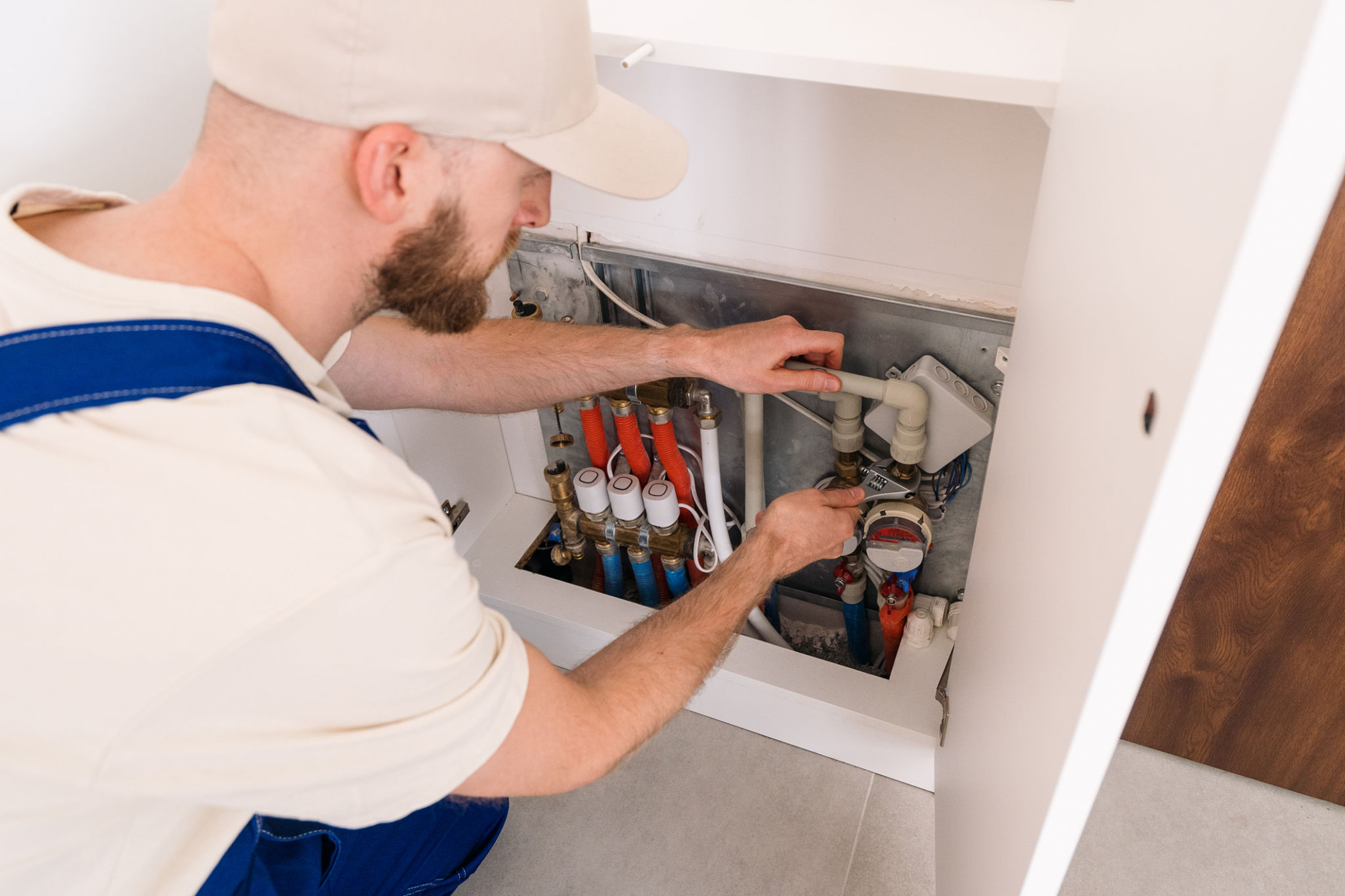Case Study: Successful Backflow Valve Compliance in Granbury Homes
Introduction to Backflow Valve Compliance
Ensuring compliance with backflow prevention regulations is crucial for maintaining safe and clean water systems. In Granbury Homes, a series of successful initiatives have been implemented to achieve full compliance with backflow valve requirements. This case study delves into the strategies and outcomes of these efforts, providing valuable insights for similar communities.

Understanding Backflow Valves
Backflow valves are essential components in plumbing systems that prevent the reverse flow of contaminated water into the clean water supply. This is particularly important in residential areas where health risks can arise from cross-connections between potable and non-potable water sources. Granbury Homes recognized the importance of these devices and took proactive steps to ensure compliance across all properties.
Initial Challenges and Assessment
Granbury Homes faced several challenges in achieving backflow valve compliance. Initially, there was a lack of awareness among homeowners about the significance of these valves. Additionally, outdated systems and varied plumbing configurations presented technical hurdles. To address these issues, a comprehensive assessment was conducted to identify non-compliant installations and prioritize them for upgrades.

Strategic Implementation
The community adopted a multi-faceted strategy to tackle these challenges effectively. This involved:
- Educational Workshops: Organizing community workshops to educate residents on the importance of backflow prevention and how it safeguards public health.
- Incentive Programs: Offering financial incentives for homeowners to replace or upgrade their backflow prevention devices.
- Regular Inspections: Establishing a schedule for regular inspections and maintenance to ensure ongoing compliance.
Engaging Local Stakeholders
A critical factor in the success of this initiative was collaboration with local stakeholders. Granbury Homes partnered with local plumbers, regulatory bodies, and community leaders to streamline the compliance process. This collaboration ensured that all parties were aligned with the compliance goals and contributed to a unified effort.

Outcomes and Benefits
The results of these efforts were impressive. Granbury Homes achieved a compliance rate of over 95% within a year. This not only ensured the safety of the water supply but also enhanced the community's reputation as a model for effective compliance management. Homeowners reported increased confidence in their water systems, contributing to higher property values.
Lessons Learned
The case study of Granbury Homes offers several key lessons for other communities aiming to improve backflow valve compliance:
- Community Engagement: Active involvement of residents is crucial for widespread compliance.
- Partnerships: Collaborating with industry experts can streamline implementation processes.
- Education: Informative programs are essential to raise awareness and encourage proactive measures.
Conclusion
The successful backflow valve compliance initiative in Granbury Homes serves as an exemplary model for other communities. Through strategic planning, stakeholder engagement, and continuous education, Granbury Homes has not only met regulatory requirements but also safeguarded its residents' health and well-being. Such initiatives underscore the importance of proactive measures in maintaining robust public infrastructure.